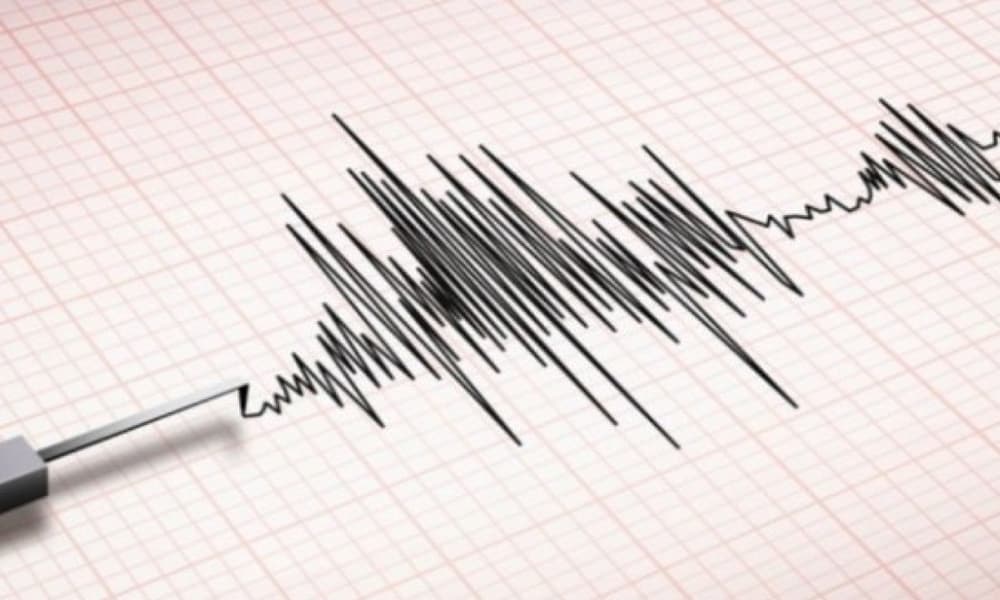In the tranquil southern Pacific region of Costa Rica, a groundbreaking study has uncovered a series of seismic events that have captivated the attention of seismologists. Published recently in the esteemed Geophysical Research Letters, the research sheds light on a unique occurrence beneath the Osa Peninsula.
Over the past few years, the peninsula has experienced four slow earthquakes, two in 2018 and two in the previous year, each boasting an average magnitude of 6.5. While imperceptible to the general population, these events, involving the gradual displacement of the Earth’s crust, happen every four to five years in this part of the country.
Notably, these silent earthquakes are a common phenomenon in subduction zones, where two tectonic plates meet.
The study, a collaborative effort between Marino Protti, director of the Volcanological and Seismological Observatory of Costa Rica (OVSICORI), and the Earth Observatory of Singapore (EOS) at Nanyang Technological University, utilized specialized instruments. Unlike subduction zones typically found offshore worldwide, the Osa Peninsula’s subduction zone is unique, being just 2 to 5 kilometers deep, allowing for a closer examination of these uncommon slow earthquakes.
What makes these findings even more significant is their potential impact on the anticipated major earthquake in Osa, which has been looming for the past 40 years. The region’s last significant earthquake occurred in 1983, registering a magnitude of 7.4 with an epicenter in Golfito.
Protti and his team of national seismologists meticulously analyze data gathered from 15 stations, employing Global Navigation Satellite Systems. This detailed examination aims to understand how the Cocos plate subducts beneath the Panama plate, a process occurring right under the Osa Peninsula. The occurrence of four slow earthquakes within a brief four-year span has intensified scientific scrutiny.
Despite their imperceptibility to the general population, slow earthquakes release energy over several days, a fact highlighted by Protti. Notably, in the nearby Nicoya Peninsula, similar slow earthquakes occur every 23 months but at greater depths, lasting between 30 and 35 days.
Protti expresses confidence that collaborative studies, such as the recent one with Singaporean colleagues, will significantly contribute to our understanding of the highly seismic Osa Peninsula.
As researchers delve deeper into these revelations, the hope is that newfound knowledge will pave the way for enhanced earthquake prediction and preparedness in the region.






